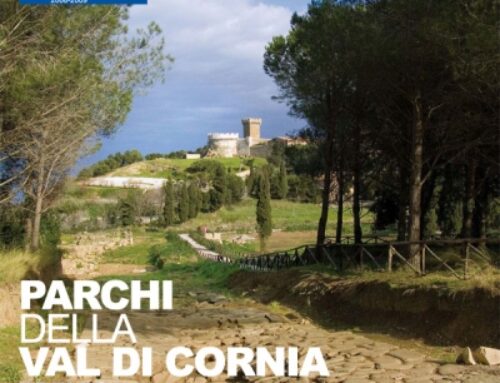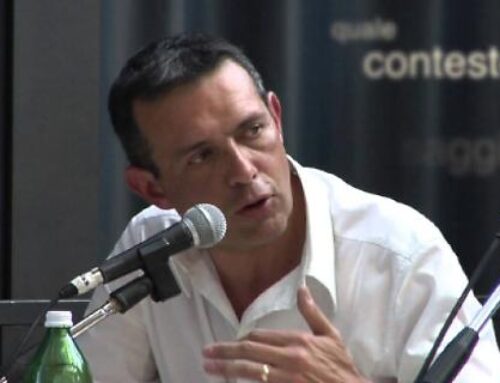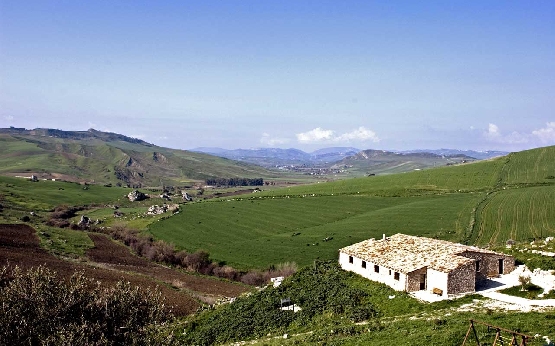
Libera for confiscated lands in the Corleone area
[Pdp 2012-2013. Italian candidate].
The Libera Terra project was set up with the aim of enhancing the value of beautiful, yet difficult rural landscape territories, starting from the social and productive recovery of assets freed from the mafias, stimulating local economic development through agricultural and rural production of high quality products using methods that respect the environment, the historical landscape and the dignity of the individual. Moreover, the activities carried out are combined with education and the dissemination of the values of democracy by promoting public occasions to meet and disseminate the actions implemented.
Corleone – Piana degli Albanesi – San Giuseppe Jato – San Cipirello – Roccamena – Monreale – Altofonte and Camporeale, Palermo, Italy
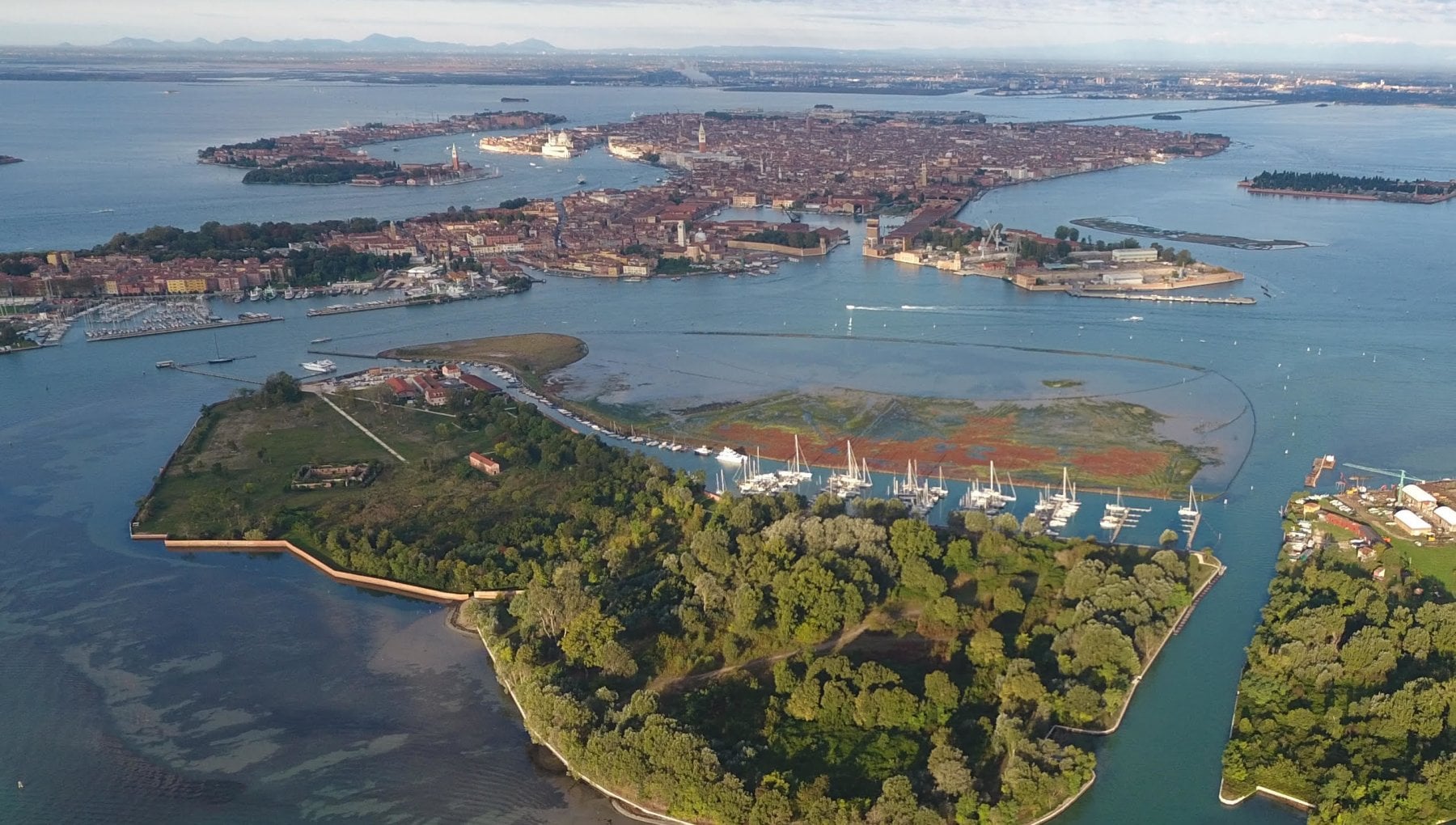
Redevelopment of Certosa Island in Venice
[Pdp 2012-2013. Selected].
The project for the creation of the park matured with the objective of recovering the real estate, but above all the environmental and landscape heritage of the island’s archaeological-naturalistic area, abandoned for over fifty years, which had long been in need of a functional valorisation that would allow the citizens to once again enjoy its special characteristics. The socio-economic promotion and enhancement of the island was favoured by the establishment of craft activities and services that were lacking in the area and problematic in other contexts.
Venice, Italy
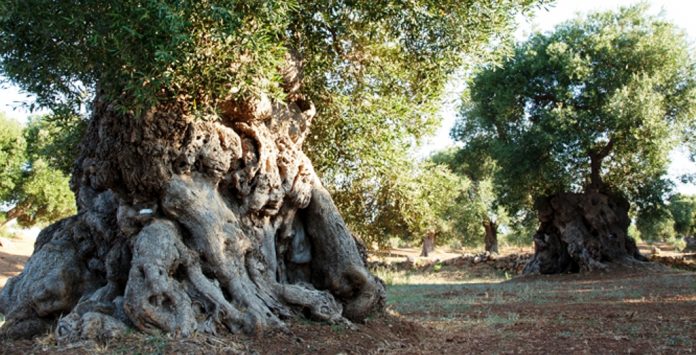
The thousand-year-old olive groves of the Coastal Dunes Regional Park
A policy implemented over the last few years consisting of a series of interventions, with the aim of protecting and enhancing one of the oldest agricultural landscapes in the world ‘The Plain of Millennial Olive Trees’. This is not just an agricultural area but a rich container of historical-cultural, natural and landscape elements of great value and at the same time unique and unrepeatable, which strongly connote the area for its ‘Mediterranean-ness’. These assets cluster around the Via Traiana, which runs along the plains of Fasano, Ostuni and Carovigno, at the foot of the Murgia, in a strip of land lapped by the Adriatic Sea, within which the Regional Coastal Dunes Park falls.
Parco Naturale Regionale delle Dune Costiere, Ostuni, Brindisi, Italy
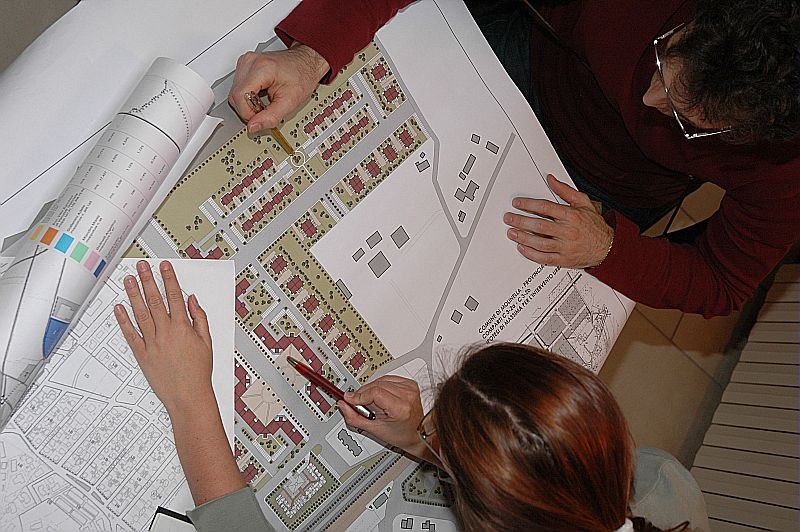
Rules for the elimination of incongruous works in Emilia
[Pdp 2012-2013. Selected]
The launch of regional law no. 16 of 2002 (art. 10 ‘incongruous works, restoration projects and landscape redevelopment interventions’) triggered a debate both to arrive at a definition of the word incongruous and to establish what an object is incongruous and, consequently, to arrive at identifying which projects should be the subject of regional contribution. The choice was made, especially in relation to the first regional programme, to leave room for experimentation, leaving open various possibilities of interpretation, ranging from the concept of ‘ecomonsters’ to the concept of partial demolition aimed at moderating or mitigating the ‘disturbing’ effects brought about by buildings and infrastructures.
Regione Emilia Romagna, Italy
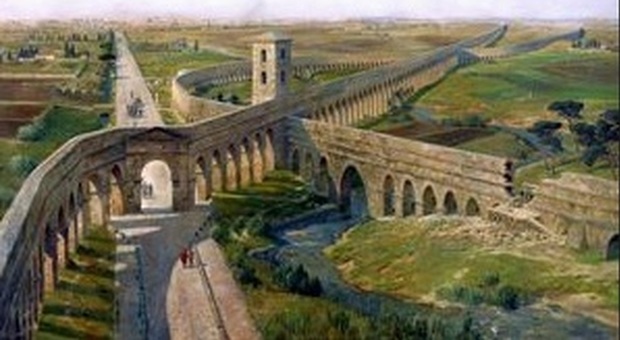
Parco Torre del Fiscale a Roma
[Pdp 2012-2013. Selected]
Overcoming a condition of severe urban decay in the district was made possible by creating an 11-hectare public park in an area rich in landscape value, through a strongly participatory process, to trigger a process of improving urban quality for the benefit of the entire local community. The identity of the place was recovered by re-appropriating historical and environmental landscape values, enhancing the archaeological remains, reconstructing the history of the places and the history of the Agro Romano.
Roma – Municipio IX, Italy
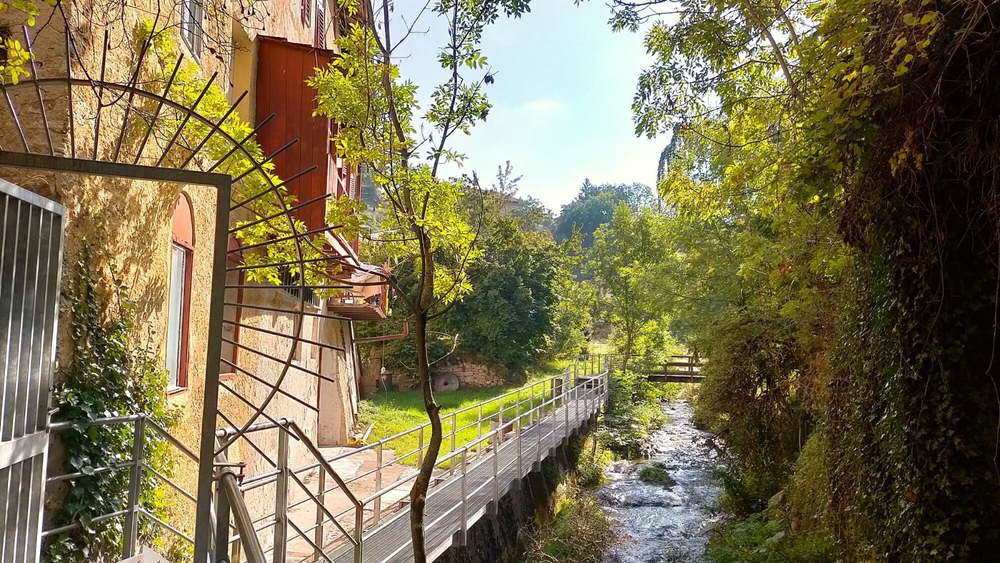
Percorsi d’Anaunia
[Pdp 2012-2013. Selected]
The project allowed for the construction of scenic routes connecting places with the presence of structures and assets of historical, cultural, landscape and architectural value, with complementary measures such as the setting up of recreational areas, the creation of support structures and the implementation of promotional initiatives to enhance the value of the work. The municipalities involved have recovered and restored the existing pedestrian and vehicular road network articulated along 12 routes for a total length of about 20 km, achieving the objective of enhancing the ecological tourist offer linked to trekking.
Valle di Non, Trento, Italy
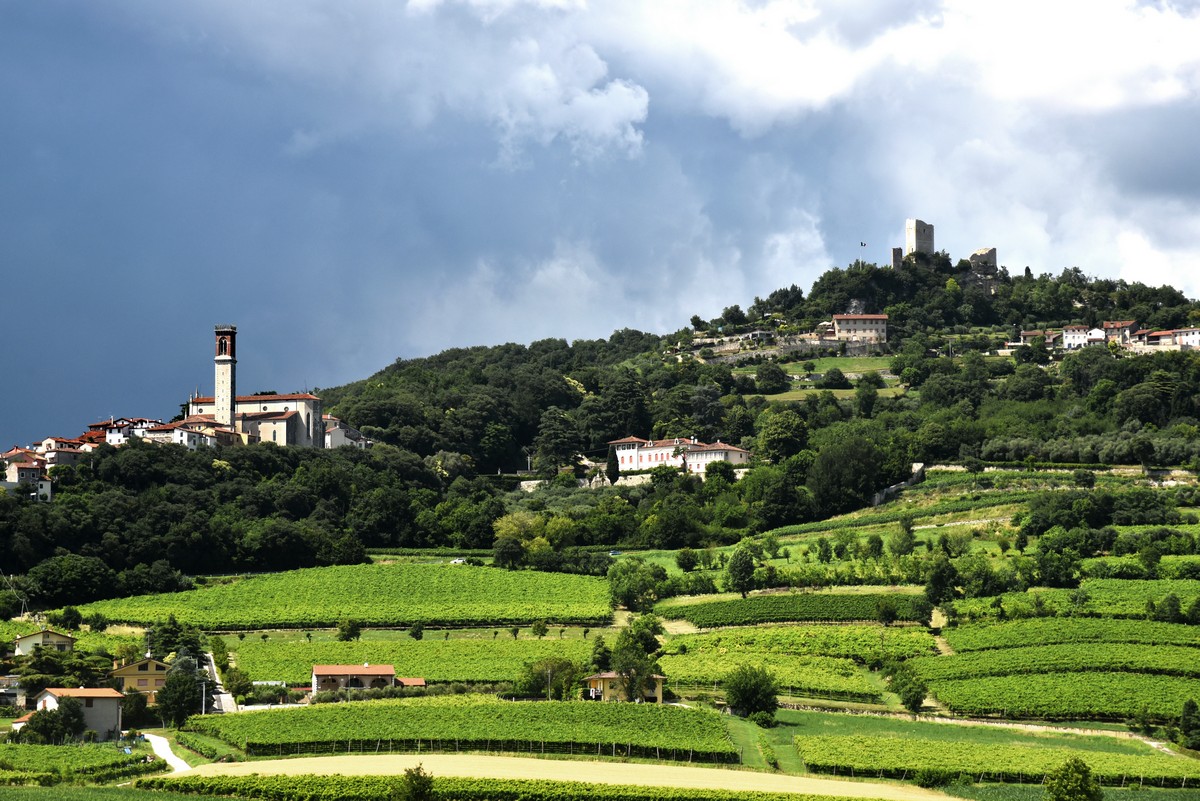
Il paesaggio agrario dei Colli Berici
[Pdp 2012-2013. Selected]
The project emerged from the common will of 24 mayors of the Berici area in the province of Vicenza on the occasion of the five-hundredth anniversary of Palladio’s birth (2008), which gave rise to a series of initiatives that were activated in the Veneto area, including territorial enhancement projects promoted by municipal administrations. The initial intention was to promote tourism, making a lesser-known territory known compared to the other Vicenza areas, both in Italy and abroad through a unified proposal that would be clearly recognisable to an external user.
Colli Berici, Vicenza, Italy
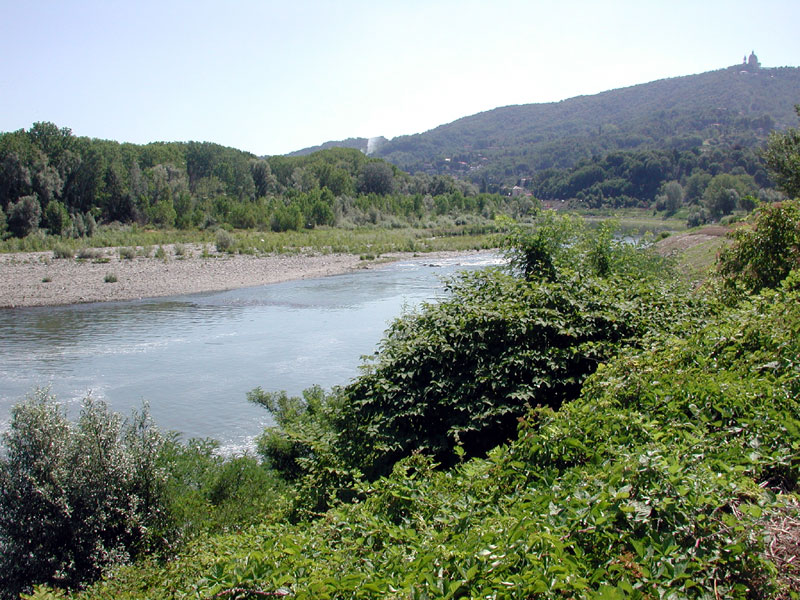
Le sponde del Po a S. Mauro
[Pdp 2012-2013. Selected]
The areas involved are included in the protected area system of the Po River Park of Turin. The intervention on the right bank begins at the border between San Mauro and Turin: here a pedestrian connection has been created between the Po River Park and the Park of the Collina Torinese, linking the paths of the hill with the walk along the Po, in an uninterrupted route, extraordinary for its length, the beauty of the sites and the views.
San Mauro Torinese, Torino, Italy
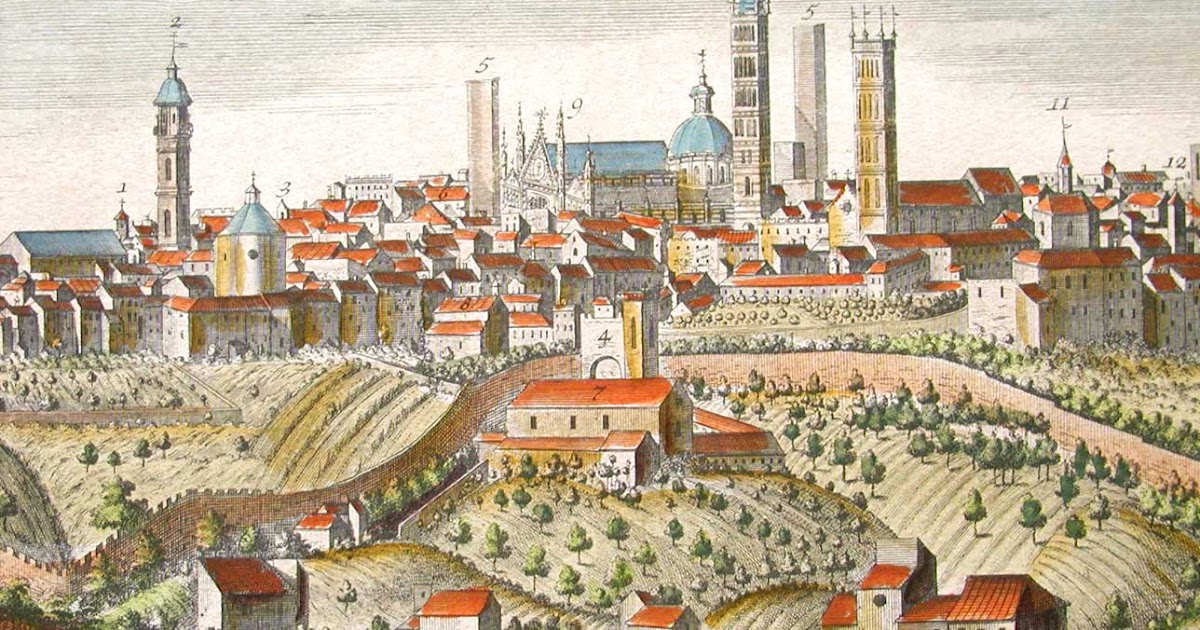
Senarum Vinea. Le vigne storiche di Siena
[Pdp 2012-2013. Selected]
Project for the valorisation of the autochthonous vine heritage and the historical forms of vine cultivation in the walled city and suburban spaces: green spaces (contrada green areas, cloisters of convents and religious institutes, private vegetable gardens) inside the walls and suburban farms located in the areas immediately behind the city walls of Siena. The spillover areas of the effects directly affect the fabric of the city, with echoes in the territory of the ‘Masse’ of Siena.
Siena, Italy
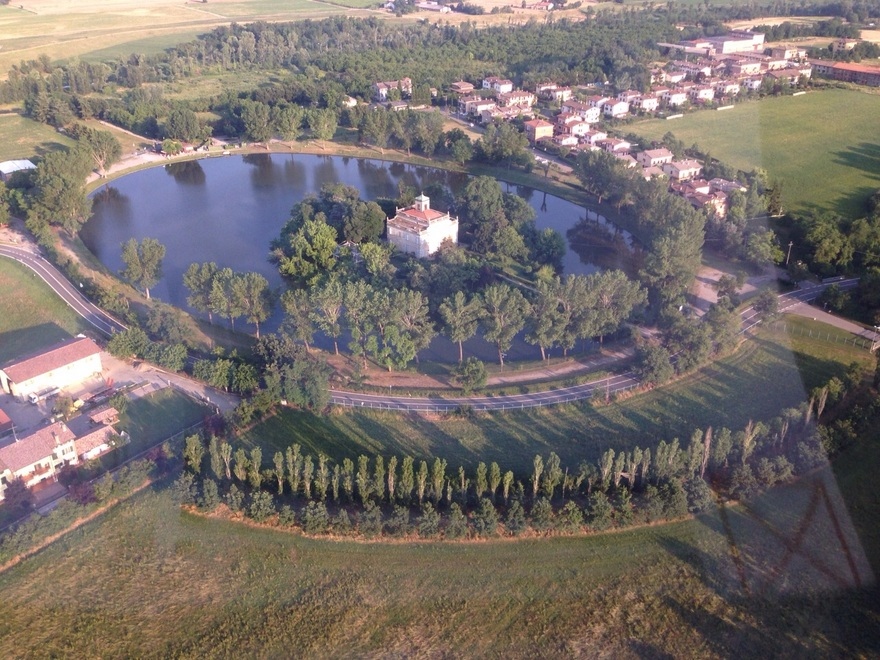
La Cintura Verde di Reggio Emilia
[Pdp 2012-2013. Selected]
The Green Belt is the main green strategy that the administration is developing to respond to citizens’ “demand for landscape” and to increase the environmental, ecological and social quality of the peri-urban territory. It therefore constitutes the authority’s main policy aiming at the protection, planning and sustainable management of the landscape, and has been developed in recent years into a series of projects and concrete actions of transformation, involvement and territorial animation.
Reggio Emilia, Italy

